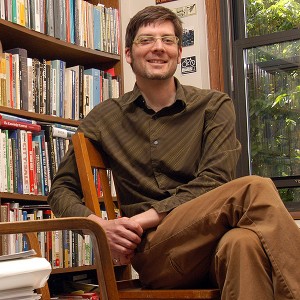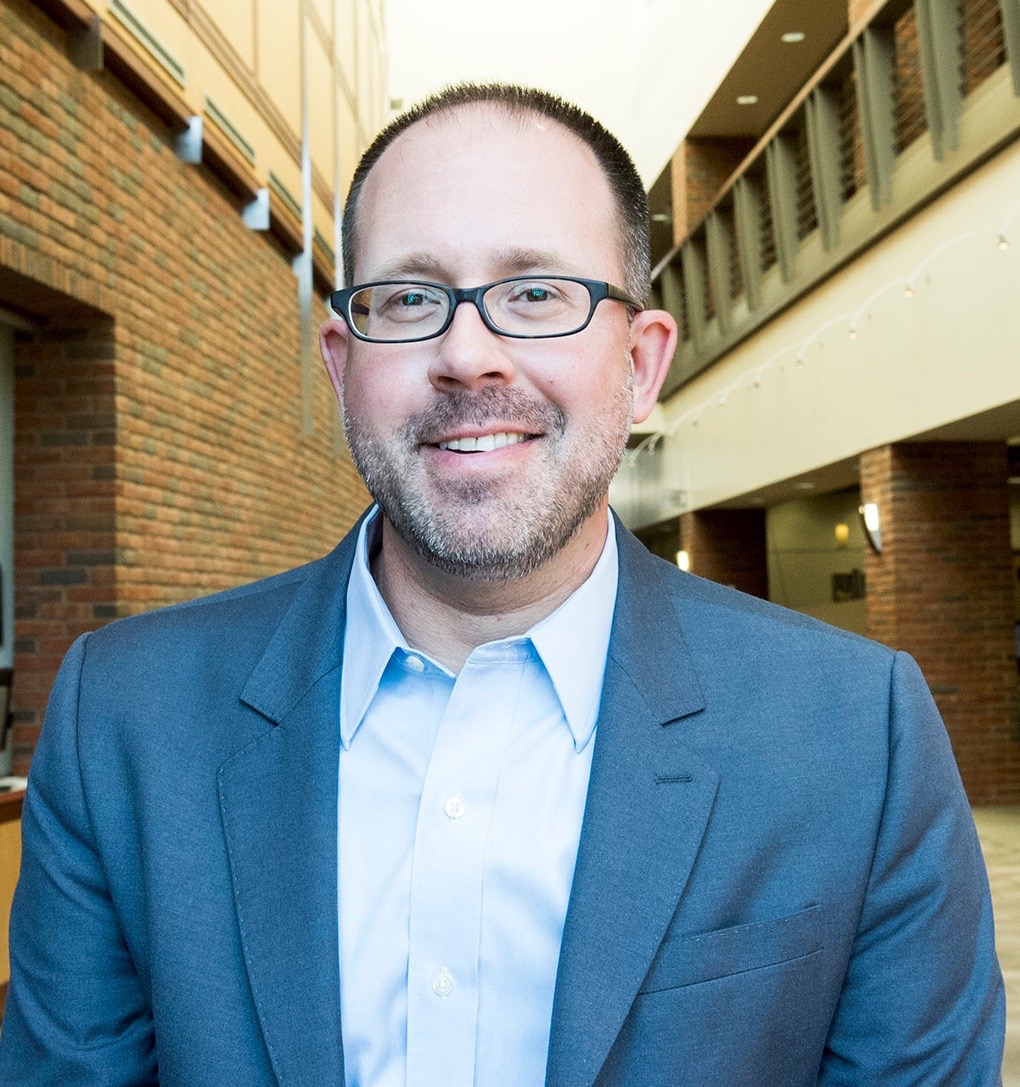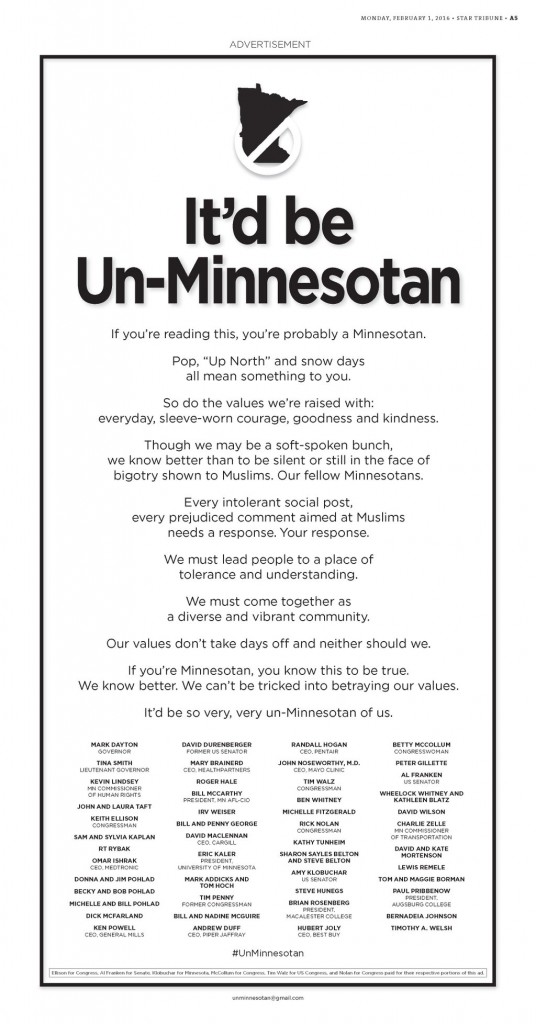 “You’d never expect to find a leafy arboretum in a high-density, high-diversity, high-traffic neighborhood,” says MinnPost writer Jay Walljasper. “But that’s exactly what Augsburg College is planning for its unmistakably urban campus in the heart of Minneapolis, which borders Fairview Riverside Medical complex, the high-rise Riverside Plaza towers, two freeways, two light rail lines, busy shopping districts on Franklin Avenue and Cedar Avenues, plus one of the largest Somali communities outside of Africa.”
“You’d never expect to find a leafy arboretum in a high-density, high-diversity, high-traffic neighborhood,” says MinnPost writer Jay Walljasper. “But that’s exactly what Augsburg College is planning for its unmistakably urban campus in the heart of Minneapolis, which borders Fairview Riverside Medical complex, the high-rise Riverside Plaza towers, two freeways, two light rail lines, busy shopping districts on Franklin Avenue and Cedar Avenues, plus one of the largest Somali communities outside of Africa.”
Walljasper, a senior fellow for the Sabo Center for Democracy and Citizenship, described Augsburg’s ambitious plan to transform its campus into a living laboratory in a recent article on the history of the urban college, its intent to plant native Minnesota species, and its brainstorming and decision-making processes for the landscape design project.
Read: “Augsburg College looks to transform its campus into an urban arboretum” on the MinnPost site.

 Associate Professor Lars Christiansen teaches courses in Augsburg’s Department of Sociology and Urban Studies Program. Christiansen puts his scholarship into practice as director of the Friendly Streets Initiative, a St. Paul-based organization that facilitates community organizing through creative public engagement events. The group aims to help communities envision positive change to public spaces, collect and analyze data, and assist neighbors in navigating city planning processes.
Associate Professor Lars Christiansen teaches courses in Augsburg’s Department of Sociology and Urban Studies Program. Christiansen puts his scholarship into practice as director of the Friendly Streets Initiative, a St. Paul-based organization that facilitates community organizing through creative public engagement events. The group aims to help communities envision positive change to public spaces, collect and analyze data, and assist neighbors in navigating city planning processes. Michael Lansing, associate professor and History Department chair, recently penned an article comparing the United States’ contemporary political landscape with periods in the late 1960s and late 1970s.
Michael Lansing, associate professor and History Department chair, recently penned an article comparing the United States’ contemporary political landscape with periods in the late 1960s and late 1970s.

